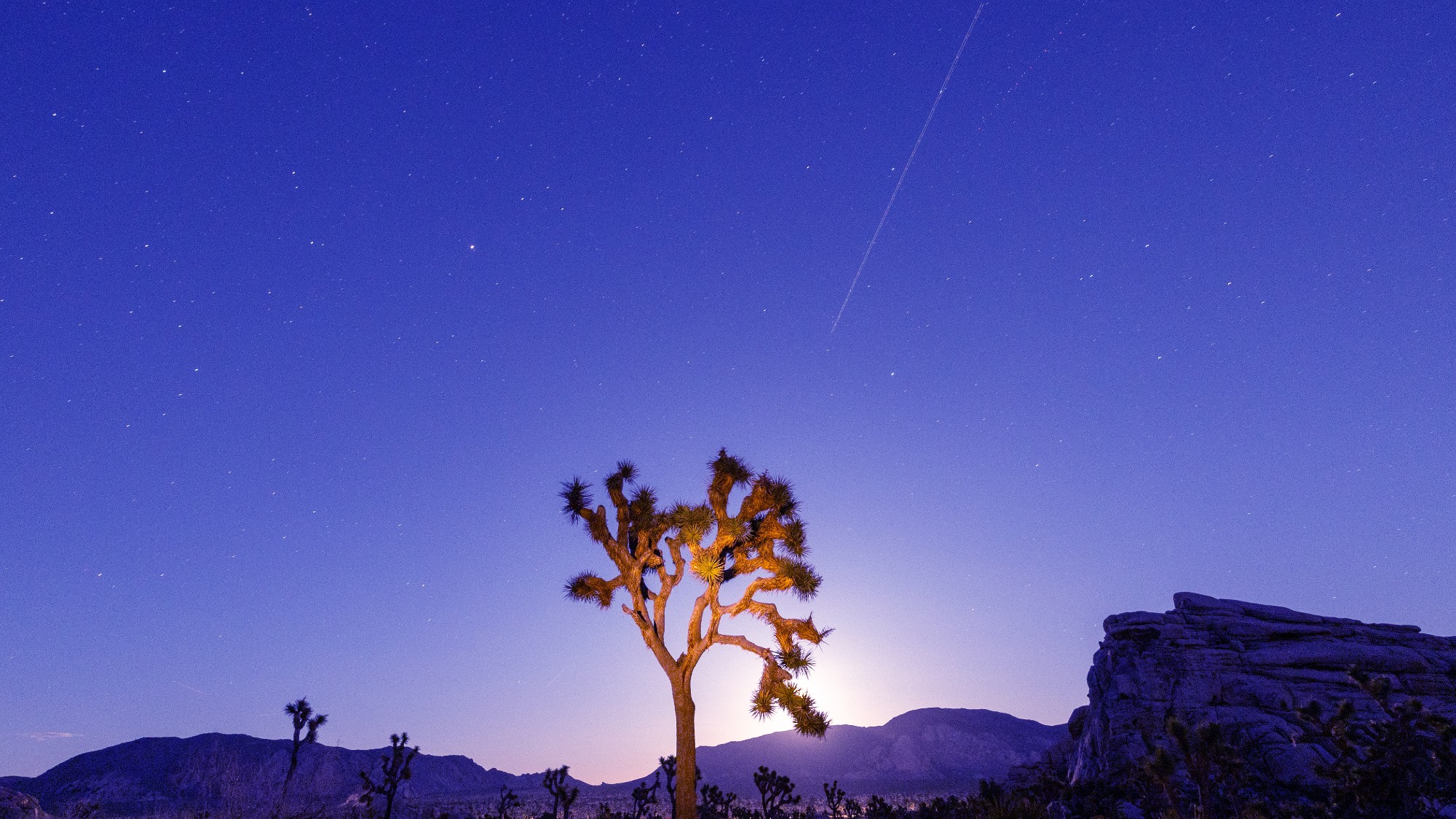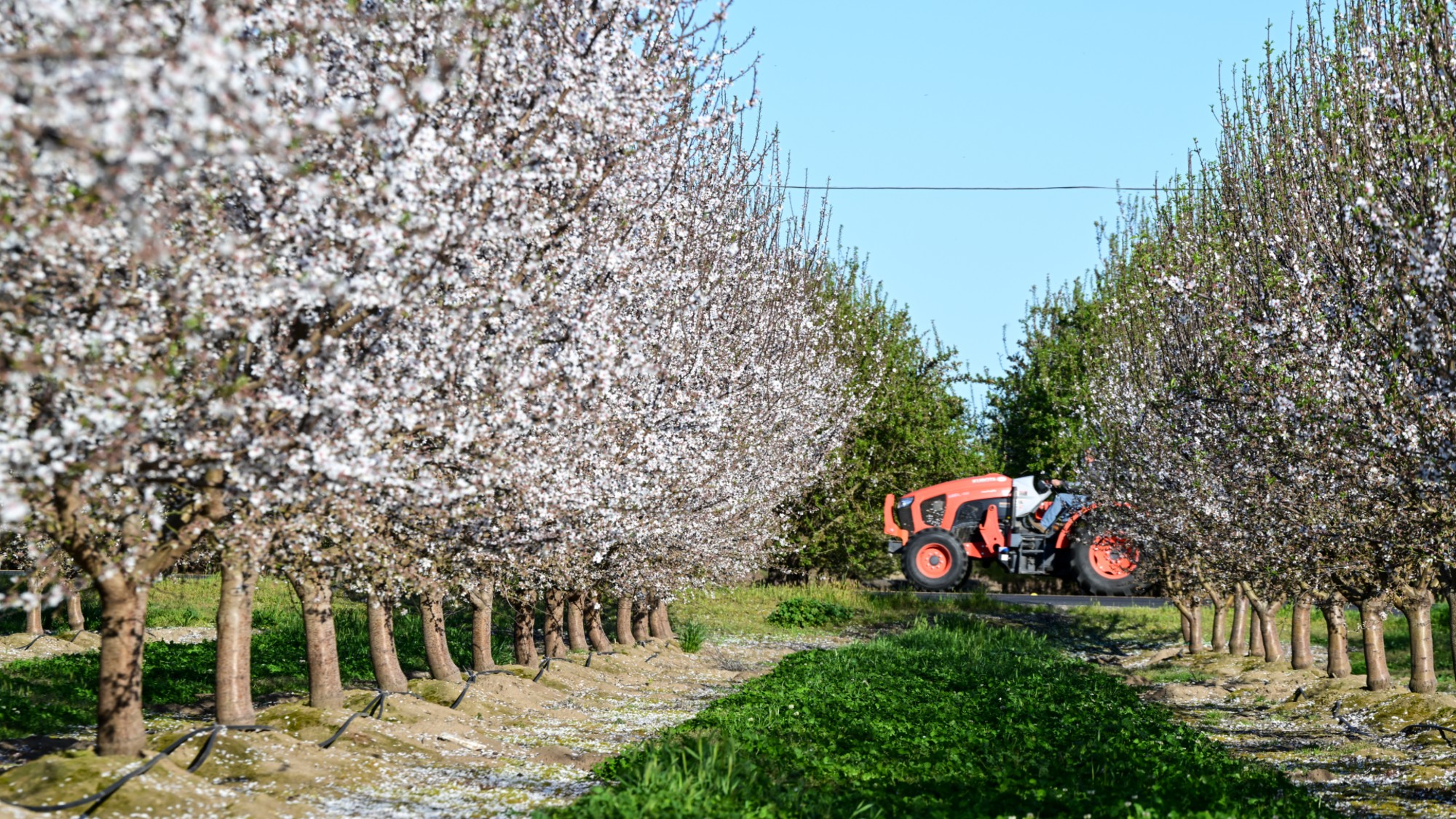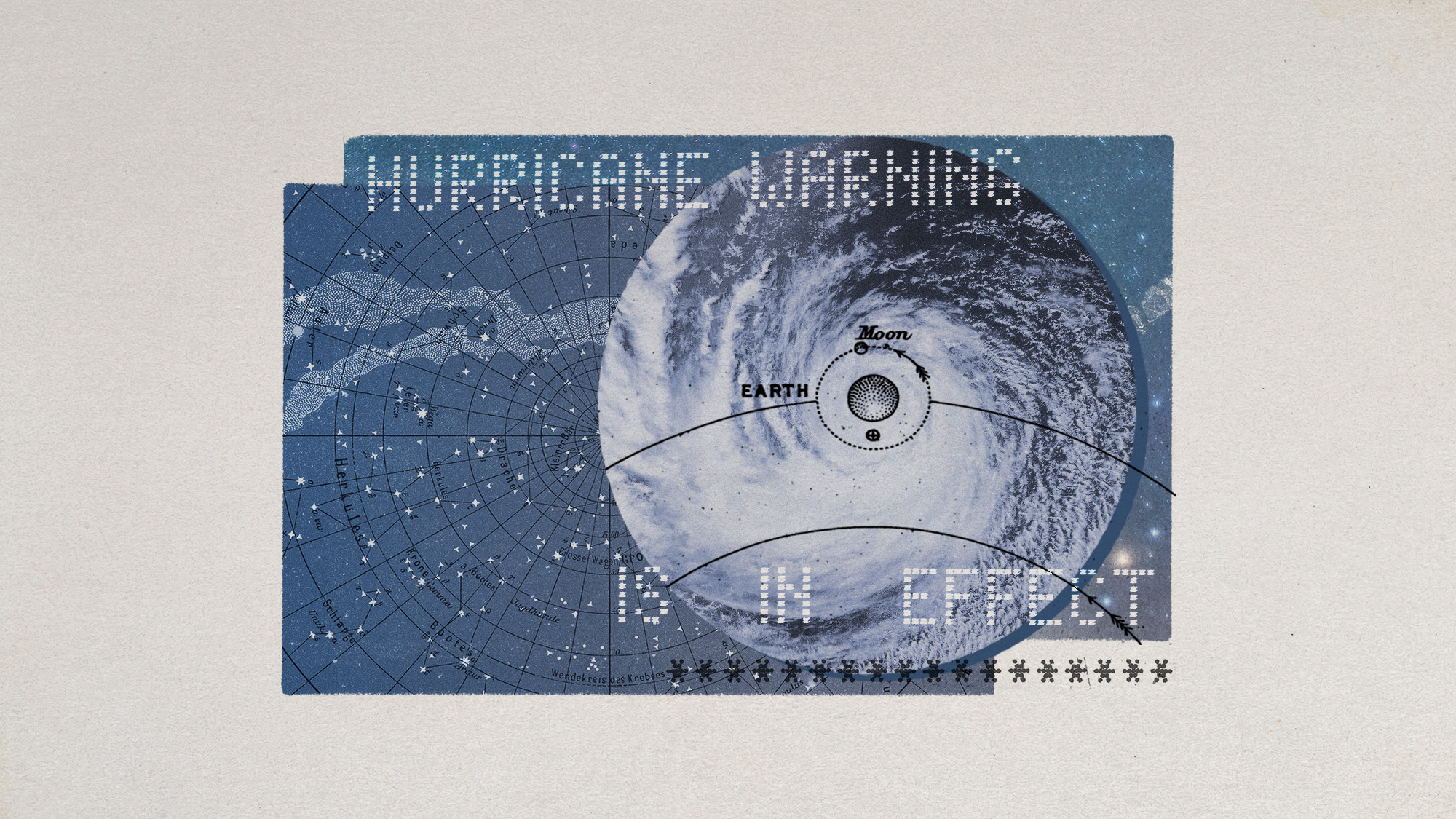How to see the Lyrid meteor shower
A nice time to look to the skies


The Lyrid meteor shower occurs in the middle of April and is one of the most exciting celestial spectacles of the year. Here's how to best view the falling stars.
What are the Lyrids?
The Lyrids are the second meteor shower of the year. "The meteors hit the atmosphere and slow down, and that transmits heat. That's the flash you see," astronomer Dean Regas said to CNN. "Most of the material from meteor showers, the comet pieces, will burn up before they hit the ground, and a lot of them are about the size of a grain of sand. So it's really impressive to see something so small light up like that." On rare occasions, the shower has also "been known to produce an occasional 'outburst,' during which up to 100 meteors per hour may be visible, though it is difficult to predict when these outbursts will occur," said Space.com (a sister site of The Week).
The falling rocks originate from the Comet Thatcher, which is about halfway through its approximately 415-year orbit around the sun. The comet was discovered in 1861, but the Lyrid shower has been observed for 2,700 years. This year the Lyrids will also overlap an the end of their run with the next meteor shower, the Eta Aquariids, which won't hit its peak until May 5 and 6.
The Week
Escape your echo chamber. Get the facts behind the news, plus analysis from multiple perspectives.

Sign up for The Week's Free Newsletters
From our morning news briefing to a weekly Good News Newsletter, get the best of The Week delivered directly to your inbox.
From our morning news briefing to a weekly Good News Newsletter, get the best of The Week delivered directly to your inbox.
How can you see the Lyrids?
The Lyrid shower began on April 17 and peaked between April 21 and 22. The shower will continue through April 26. While the Lyrid meteors will be visible all across the sky, "following their path backwards they will appear to originate from the constellation of Lyra, the lyre, which contains the star Vega," said Royal Museums Greenwich. "In reality, the meteors have nothing to do with this distant group of stars. The direction they appear to come from is dictated by the motion of the Earth and the debris itself." The shower is best viewed from the northern hemisphere because the shower's radiant point is far to the north, but the southern hemisphere may be able to view some too.
At its peak, you can see up to 18 meteors per hour, visible under clear, dark skies with minimal moonlight. "Most meteors you see (during a Lyrid shower) are not brilliant fireballs — they are faint little streaks — and the more moonlight there is, it tends to wash out those faint little streaks," Bill Cooke, the lead of NASA's Meteoroid Environments Office, said to CNN. The good news is that this year, there are "excellent viewing opportunities with minimal moonlight interference from the thin crescent moon," said Space.com. "The best time to watch the meteor shower is typically between midnight and dawn, when the radiant is higher in the sky and Earth is rotating into the stream of meteors." Viewing in total darkness can also help make the meteor shower easier to see. "Come prepared with a blanket. Lie flat on your back and look up, taking in as much of the sky as possible," said NASA.
A free daily email with the biggest news stories of the day – and the best features from TheWeek.com
Devika Rao has worked as a staff writer at The Week since 2022, covering science, the environment, climate and business. She previously worked as a policy associate for a nonprofit organization advocating for environmental action from a business perspective.
-
 ‘City leaders must recognize its residents as part of its lifeblood’
‘City leaders must recognize its residents as part of its lifeblood’Instant Opinion Opinion, comment and editorials of the day
-
 10 upcoming albums to stream during the winter chill
10 upcoming albums to stream during the winter chillThe Week Recommends As the calendar turns to 2026, check out some new music from your favorite artists
-
 Kristi Noem might not be long for Trumpland
Kristi Noem might not be long for TrumplandIN THE SPOTLIGHT The Homeland Security secretary has been one of the most visible and vocal architects of Trump’s anti-immigration efforts, even as her own star risks fading
-
 Blue Origin launches Mars probes in NASA debut
Blue Origin launches Mars probes in NASA debutSpeed Read The New Glenn rocket is carrying small twin spacecraft toward Mars as part of NASA’s Escapade mission
-
 ‘The Big Crunch’: why science is divided over the future of the universe
‘The Big Crunch’: why science is divided over the future of the universeThe Explainer New study upends the prevailing theory about dark matter and says it is weakening
-
 The moon is rusting
The moon is rustingUnder the radar The Earth is likely to blame
-
 Panspermia: the theory that life was sent to Earth by aliens
Panspermia: the theory that life was sent to Earth by aliensUnder The Radar New findings have resurfaced an old, controversial idea
-
 Africa could become the next frontier for space programs
Africa could become the next frontier for space programsThe Explainer China and the US are both working on space applications for Africa
-
 NASA is moving away from tracking climate change
NASA is moving away from tracking climate changeThe Explainer Climate missions could be going dark
-
 A rat infestation is spelling trouble for the almond industry
A rat infestation is spelling trouble for the almond industryThe Explainer The infestation has affected at least 100,000 acres in California
-
 Hurricanes are not exclusive to Earth. They can happen in space.
Hurricanes are not exclusive to Earth. They can happen in space.Under the radar These storms may cause navigational problems
